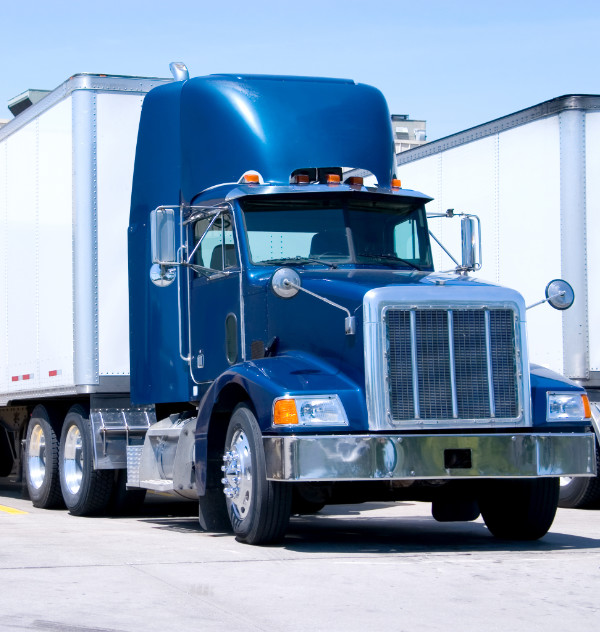According to the Federal Motor Carrier Safety Administration, a division of the US Department of transportation, only 54% of commercial motor vehicle (CMV) drivers wear safety belts as compared to the 82% of passenger vehicle car drivers. Considering that almost half of all commercial vehicle drivers who are killed in an accident were not wearing a seatbelt, drivers should wake up to the fact that not wearing one is extremely dangerous an can increase the chance of being inured if an accident occurs.
To combat the resistance to buckle up, the CMV Safety Belt Partnership outlined the following fact sheet to debunk the myths associated with wreathing a safety belt. Keep these facts in mind the next time you contemplate driving without being strapped in.
Myth1
Safety belts are uncomfortable and restrict movement.
Fact
A 2005 Transportation Research Board study on commercial driver’s safety belt usage found many drivers do not find wearing safety belts to be uncomfortable or too restrictive of their movements. Once they correctly adjust the seat, lap and shoulder belt, most drivers find that discomfort and restrictive movement can be alleviated.
Myth2
Wearing a safety belt is a personal decision that doesn’t affect anyone else.
Fact
Not wearing a safety belt can certainly affect your family and loved ones. It can also affect motorists since wearing a safety belt can help you avoid losing control of your truck in a crash. It’s the law; federal regulations require commercial vehicle drivers to buckle up.
Myth3
Safety belts prevent your escape from a burning or submerged vehicle
Fact
Safety belts can keep you from being knocked unconscious, improving your chances of escape. Fire or submersion occurs in less than 5% of fatal large truck accidents
Myth4
Its better to be thrown clear of wreckage in the event of a crash
Fact
An occupant of a vehicle is four times as likely to be fatally injured when thrown from the vehicle. In 2005, 176 truck drivers died when they were ejected from their cabs during a crash
Myth5
It takes too much time to fasten your safety belt 20 times a day
Fact
Buckling up takes about three seconds, even buckling up 20 times a day requires only one minute
Myth6
Good truck drivers don’t need to wear safety belts.
Fact
Good drivers usually don’t cause collision, but its possible that during your career you will be involved in a crash caused by a bad driver, bad weather, mechanical failure, or tire blow out. Wearing a safety belt prevents injuries and fatalities by preventing ejection, and by protecting your head and spinal cord.
Myth7
A large truck will protect you. Safety blets are unnecessary
Fact
In 2005, 696 drivers of large trucks died in truck crashes and 303 of those drivers were not wearing safety belts. Of the 176 drivers killed who were ejected from their vehicles, almost 77% were not wearing safety blets
Myth8
Safety belts aren’t necessary for low-speed driving.
Fact
In a frontal collision occurring at 30 mph, an unbelted person continues to move forward at 30 mph causing him/her to hit the wind shield at about 30 mph. This is the same velocity a person falling from the top of a three story building would experience upon impact with the ground.
Myth9
Just a lap belt offers sufficient protection
Fact
The lap and shoulder belt design has been proven to hold a driver severely behind the wheel in the event of a crash, greatly increasing the driver’s ability to maintain control of the vehicle and minimizing the chance for serious injury or death.


Leave A Comment
You must be logged in to post a comment.